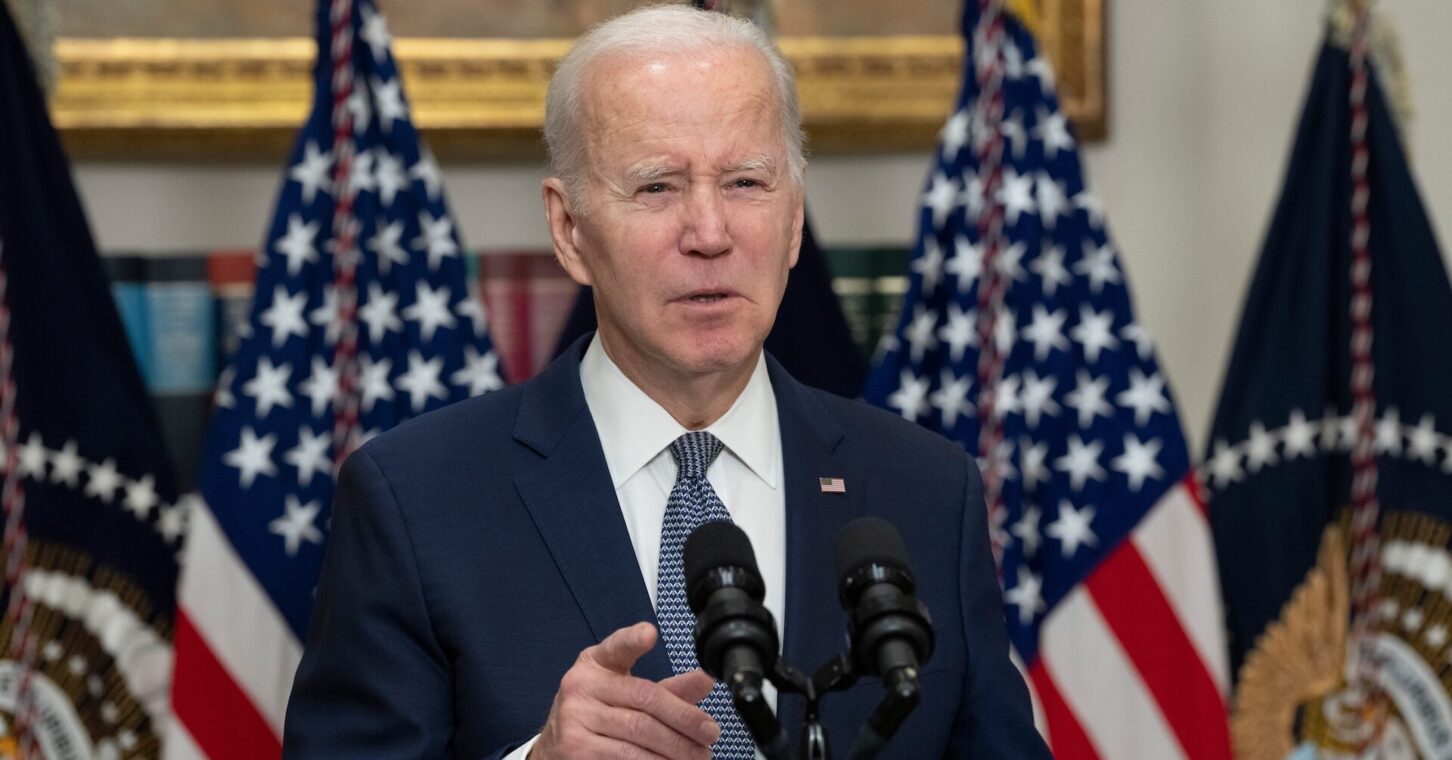
By the time you read this, the debt-ceiling drama may have been resolved. But as I write, President Joe Biden and House GOP leaders are still negotiating an agreement to raise the nation’s borrowing limit in exchange for modest reductions in future spending.
Still, this is the rare occasion I can write about a subject without worrying about a major development in the meantime. That’s because even if a deal is struck, Washington will still be a long way from fiscal sanity.
In fiscal 2022, the federal government came close to its postwar record for revenues as a share of gross domestic product: about 19.6%. The only higher figure since 1945 was in 2000, when revenues were 20% of GDP. The average during those years was a mere 17.2%.
And yet, despite 2022’s gusher of revenue, the federal government borrowed $1.3 trillion. It’s a spending problem.
Absent the kind of standoff we’ve seen over the past few weeks between the president and congressional Republicans, one imagines the bill would have grown higher indefinitely. We can’t afford for that to happen.
The contrast with a fiscally responsible state like Georgia could not be more stark.
Washington consistently spends more money than it brings in. Atlanta, on the other hand, not only balances its budget but does so by spending even less than it could.
Here’s one way to illustrate what I mean: My friend Dan Mitchell, an economist and “Double Dawg” UGA grad, has a concept he calls the “golden fiscal rule.” As he once wrote in The Wall Street Journal, it holds that policymakers should “Ensure that government spending, over time, grows more slowly than the private economy. Evidence from economies around the world shows this is the best path to bring down deficits and nurture prosperity.”
This is truly a way to gauge whether the private, or productive, sector is growing fast enough that taxes and borrowing (which just means future taxes) don’t hurt the economy.
We can use this rule to observe the difference between our state government and the federal government. Let’s go back to 2009, which was the low point of the Great Recession, and measure all the way to 2022, the latest year for which there is complete data for all the metrics we’re about to discuss. We will use nominal figures – that is, those not adjusted for inflation – for all metrics since that’s how the spending figures are reported. And we’ll use cumulative figures to smooth out any extremes from year to year, such as the spike in federal spending in 2020 when the pandemic hit.
From 2009 to 2022, Georgia’s economy grew by an impressive 84.5%. Lawmakers increased spending of state funds during that same time period by just under 75%. That means, per Mitchell’s golden fiscal rule, that Georgia’s private economy grew faster than its public sector by a cumulative 9.5 percentage points.
The entire U.S. economy, meanwhile, grew a bit more slowly during those years, not quite 76%. But federal spending grew more quickly, at 78.3%, meaning the private-sector deficit was over 2.3 points.
Even this comparison under-emphasizes the difference. That’s because the federal government spends more money during downturns; indeed, in 2009 its spending leaped by almost 18% compared to 2008. But the state government, which must balance its budget, cuts during lean times. Georgia’s spending fell by 11.4% from 2008 to 2009.
Just by shifting our end point to 2008, the difference between Georgia’s private-sector growth and its government spending growth would soar, to 26.5 points. Likewise, the federal government’s deficit would swell to a staggering 37.9 points.
Either way, it’s clear that Washington will remain a long way from being fiscally responsible no matter how the debt ceiling standoff is resolved. If anyone up there is interested in changing those ways, Georgia can show them how to do it.